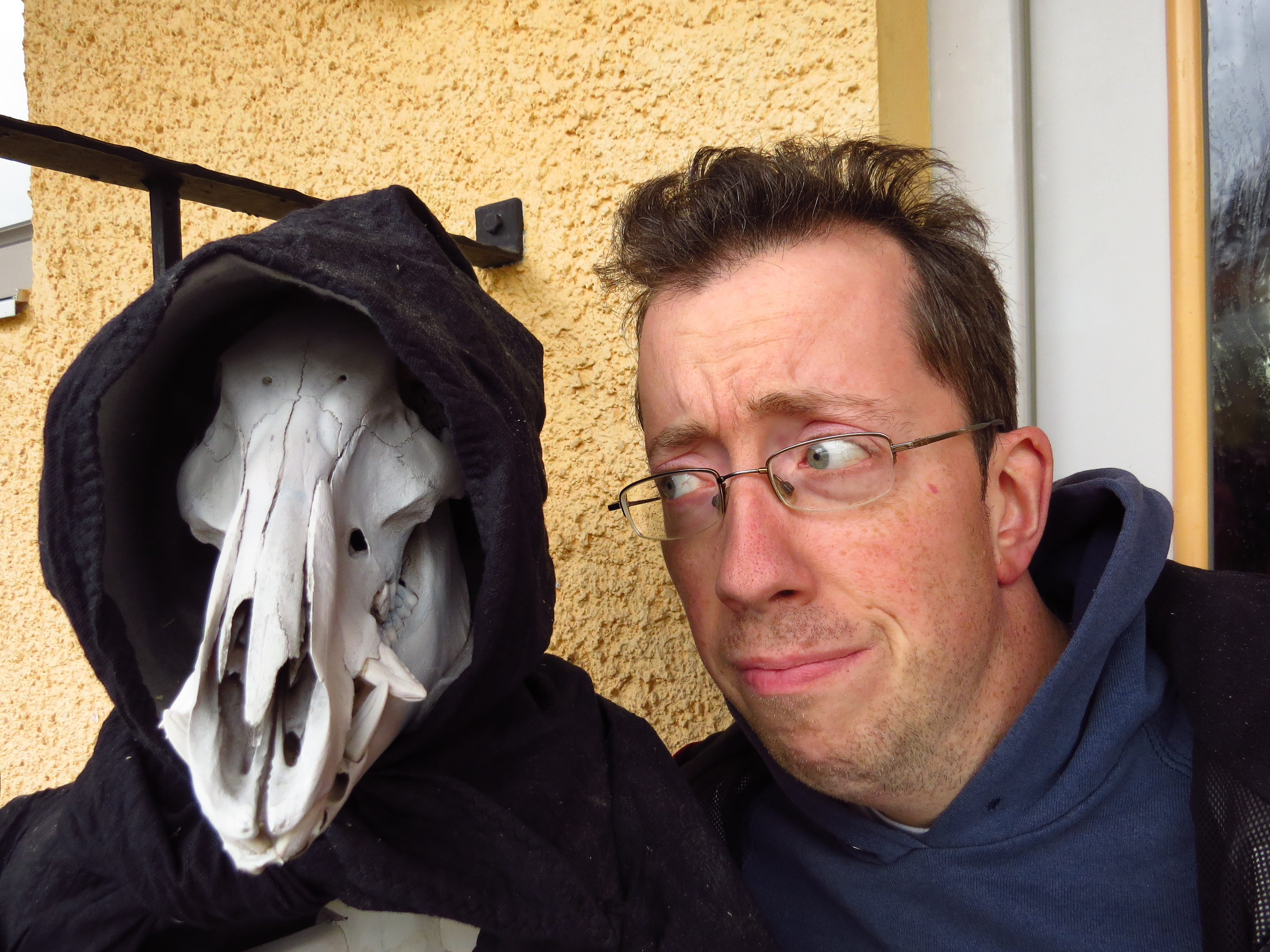The Telling Box is the first AI Artifact that I created over on Walking Papercut using Midjourney, based on the randomly generated terms “knowledgeable”, “material”, and “bewildered”. Let’s see how we could make this AI generation a reality. If you want more info about the idea behind this, you can find it here.
The Basic Box
For the basic shape I would use wood. Using 3mm plywood would be the most lightweight solution, and using a laser cutter or table saw jig to add finger joints would cut down on hassle when gluing the box together. To give myself some room for the edge details, I might either upgrade to 18mm boards or, if money isn’t an issue or scraps are abundant, go for 18mm plywood.
A mix between those would be to create a cube from slats, a lattice of sorts, and fill that with the thin plywood. That way, I could use a router with a roundover bit to create the chamfered edges from solid wood without the weight or danger of cupping or bowing that solid wood brings to the table.
At this point, I’d also plan for the hole to cut for the window, and if I’d want a similar window on the other side, the one you cannot see in the image.
Corners and Edges
It would probably be easiest to add pieces to the basic frame to create the layered look – the square standing on its point on the sides, and the raised edge pieces. They could be made from thin leather, which can be shaped between two molds if soaked in water first and allowed to dry in the mold. Alternatively, a heat-malleable plastic like worbla could be used.
The finer things like rivets and edge details can be impressed into the material – leather or plastic – using metal tools. Clay working tools are a good option for that. You can also ask your dentist for used tools that fit the purpose surprisingly well. Keep in mind that you can always accentuate details with paint.
The Window
The main appeal of the Telling Box is the window, through which you can see basically an infinitely large body of water. I think it is possible to do it with real water, but that depends on your skill level and the available materials. To make the window, I would go with vacuumforming and acrylic. If that is not an option, a flat piece of transparent material is enough.
The no-end-in-sight effect requires a mirror and a one-way mirror (which according to Wikipedia is also called two-way mirror. Now you know). You have probably seen this effect before, usually for things that want to display infinity in a small space. You look into the space through the one-way mirror, and see the reflection(s) through the normal mirror, thus infinity.
This effect usually works better with lights between the mirrors, but that also leads to more recognizable patterns in the endlessness. If anything, the light should be blue-green tinted and indirect, and should work a lot better with water.
Detritus
The window contains bits of wood and stone. They should be easy enough to find outside, and be smaller than the smallest dimension of your window box so they don’t get stuck at any point.
Option: with Water
This is more tricky but also more fun. You can do the same as above, add bottom, top, and walls from a waterproof material, and glue them together. Additional sealant would be recommended, plus a dedicated hole to put water in. It would be a good idea to make the hole big enough to add or replace the detritus.
Alternatively, you might be able to find a rectangular plastic bottle that fits into your box, but that is most likely a long shot. Also, that would include at least a layer of plastic in front of both mirrors, to the detriment of the infinity effect.
The Mechanism
An essential part of the function of the Telling Box, this is merely a decorative add-on in this version. While you could add a speaker and whatever fancy way to make it speak into the box design, I would go with a simple recreation of the outer mechanism shape using leather, plastic, or even metal.
Looking at the mechanism more closely, I think it looks like a kind of belt buckle. If you could find a matching one, you would be quite the ways towards your goal already, with only minor details to add.
The Vial
For this, I would use an actual vial. Simple as that. Either place it on top of the box onto stacked round pieces of plywood – or glue it in place if you want to be safe. If you want to add some water to it, I would recommend to add a couple drops of food coloring to make it look tepid and more easily visible, but also a bit of detergent to keep it from actually turning bad and tepid despite the looks.
Let me know what you think about the Telling Box!
As this is my first attempt at going through recreating something AI-generated. I would love to hear from you! Was this rundown for the Telling Box helpful and inspiring? Or maybe too long? Help me improve this series through your feedback – and the best way to do that is to join my Discord!
If you need more Inspiration, check out the real projects on my site. And remember to Be Inspired!
Inspire your inbox!
Subscribe and never miss a project!
Thank you for subscribing!
Something went wrong...
We respect your privacy and take protecting it seriously!

